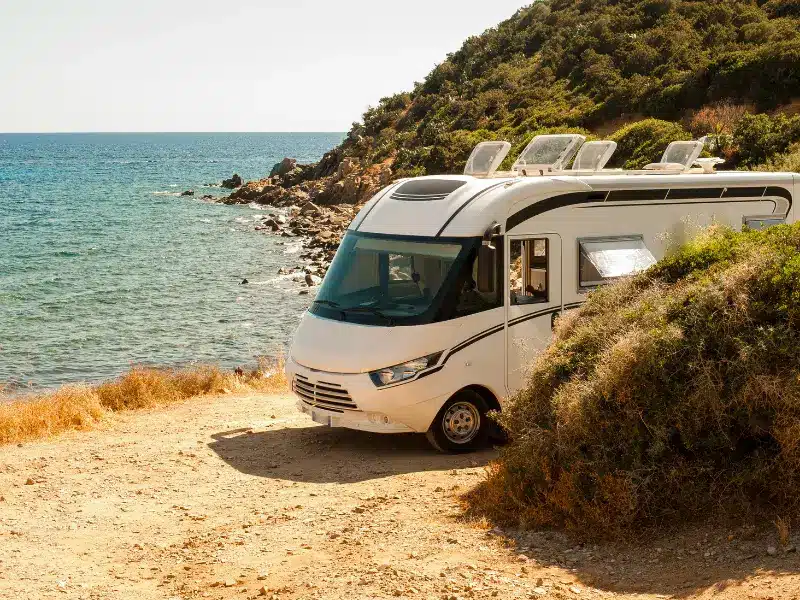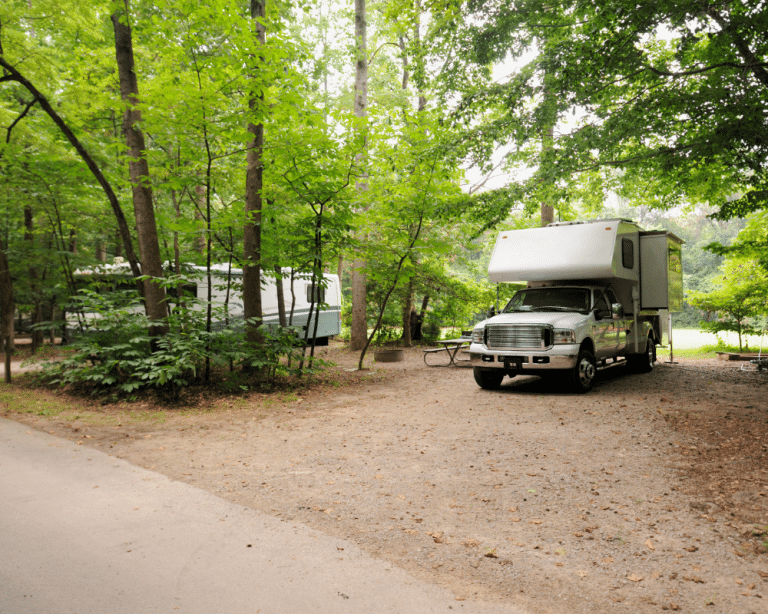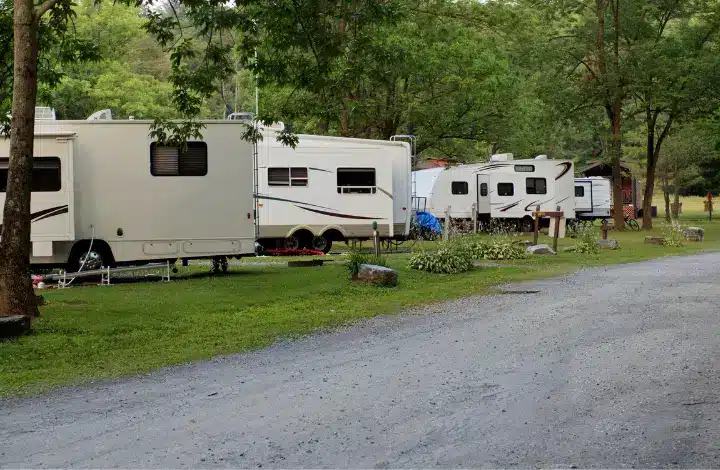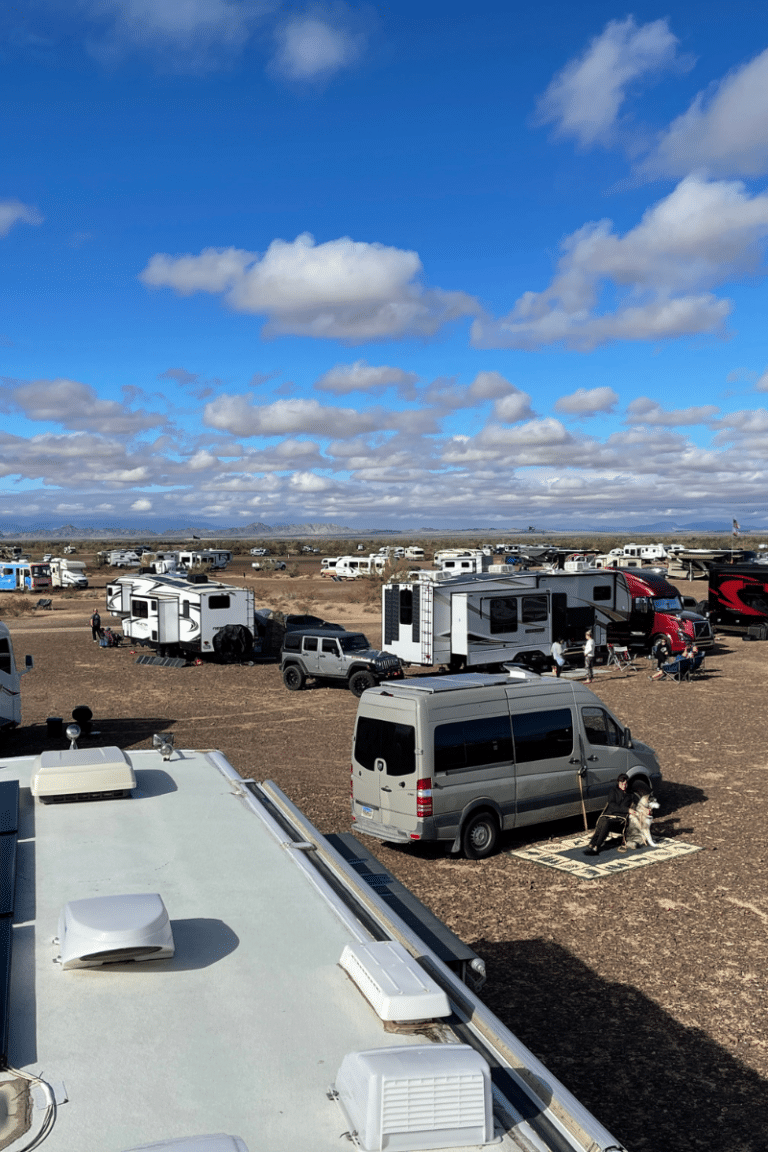A Full Review of the Main Costs of Living in an RV
So you’re thinking about RV life and wondering what costs you should be prepared for. You’ve come to the right place.
I have been RV living for nearly a decade and am excited to share more about my lifestyle with you.
Today we’ll look at the main costs of living in an RV and explore them on a high level for all types of RVers.
The Costs of Owning an RV
The first and most significant cost to consider for RV living is the initial purchase cost of your home on wheels. Obviously, the cost of the RV you choose can vary greatly, depending on the type of RV, size, age, and condition, among other factors.
It may also be helpful to consider sales tax and registration fees in your total budget for your RV purchase. U.S. sales tax can range from 0-10%, with the average being around 6-7%.
In addition, registration fees can cost up to several hundred dollars annually.
SUMMARY
Average Purchase Price Range by RV Type
Just for fun, here are a few current price ranges for different types of RVs:
| RV Type | New | Used |
|---|---|---|
| Class A Motorhomes | $100,000 – $300,000+ | $50,000 – $200,000 |
| Class B Motorhomes (Camper Vans) | $70,000 – $150,000 | $50,000 – $100,000 |
| Class C Motorhomes | $50,000 – $150,000 | $30,000 – $100,000 |
| Fifth Wheel Trailers | $40,000 – $100,000+ | $20,000 – $70,000 |
| Travel Trailers | $20,000 – $50,000+ | $10,000 – $30,000 |
| Pop-Up Campers and Truck Campers | $10,000 – $30,000 | $5,000 – $20,000 |
Motorhome vs Towable RV
As you can see, if you choose an RV without an engine you can save quite a bit of cash. That said, if you purchase a fifth wheel or travel trailer, you’ll need a truck to tow the RV.
Consider what you’re starting with (e.g., do you already own a truck?) and the whole package of what you’ll need to hit the road.
We did not already own a truck when we got started. Moreover, my partner wanted a motorhome. So, it was an easy decision for us to buy the motorhome first then find a vehicle we could tow behind it.
If you’re looking for a towable however, I’d recommend you buy your vehicle first and your RV afterwards.
SUMMARY
Once you have your big, up-front purchase out of the way, we can turn to the costs of keeping your RV rolling down the highway.
Maintenance, Parts, Supplies and Repairs
With our 20-year old Motorhome, we budget $4,000 a year for maintenance and repairs. If you decide to purchase a newer RV, your annual repairs may cost much less.
Remember though to consider both your RV and tow vehicle or towed vehicle when planning for this type of cost.
Specific items to consider include regular maintenance like oil changes, tires, brake checks, etc. And then the dreaded, unexpected emergency repairs, which could include plumbing, electrical, or anything related to your engine(s).
Review a Sample Monthly RV Budget for a break down of our own RV living budget to the penny. We live in a 20 year old motorhome. The cost of repairs get expensive. The way I see it, you pay more up-front for a new RV, or you pay as you go for an older, used RV.
If you’re worried about the expense of maintaining an engine, consider a towable RV and a reliable truck. In the Class A or Class C setup, you typically carry the burden of maintaining two engines: the RV engine and your towed vehicle.
SUMMARY
Fuel Costs
This cost varies greatly depending on your travel style and RV setup. But, let’s be honest, none of us are getting great fuel economy while we’re traveling across America in an RV.
Stay in One Place Longer
One great way to save on fuel is to remain in one place for a longer stretch of time. If you live a full-time RV lifestyle, book monthly stays at campgrounds, or 2-week stays on public lands, rather than hopping from one place to the next every few days.
Plan Your Route
Another great way to save on fuel is to plan your route.
We try not to dart to the East Coast to visit family when we know we have an event to attend in the Southwest a month later. For long cross-country hauls, we plan it way in advance to maximize our time and money.
Gas Cards
If you have a Class A or Class C, or tow with a big diesel truck, you can save at the pump with a fuel card like Open Roads. This can save us up to $30-$40 on one fill-up.
You may never really feel like you’re “saving” while fueling up your RV, but a good loyalty card can offer a great savings that adds up over time.
Amazon recently launched an offer for Prime members to link their Amazon account to earnify and save up to 10 cents per gallon at bp, Amoco, or participating ampm stations.
Save on fuel costs with Amazon Prime and earnify.
SUMMARY
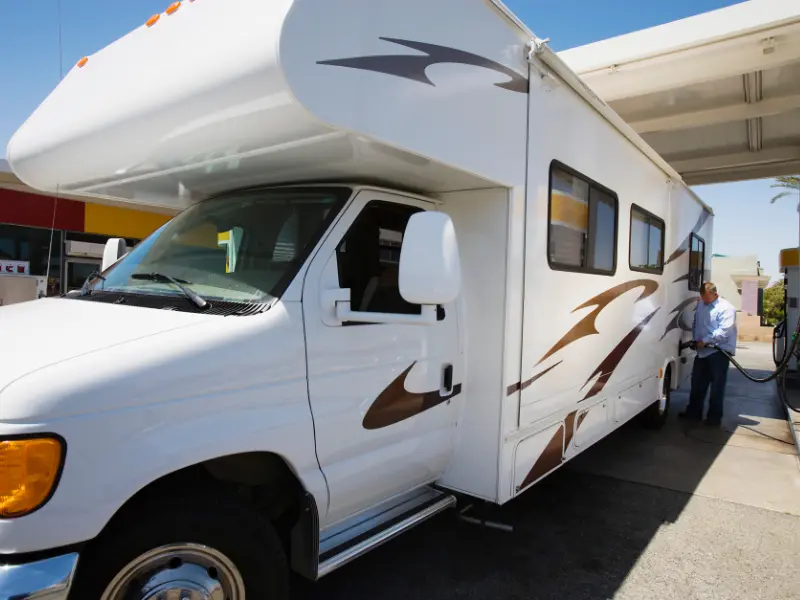
Insurance
For anyone living in an RV, I recommend not only getting coverage for the RV itself, but also full-timers coverage that acts like renters insurance or homeowners insurance for your personal belongings inside the RV.
This will even cover your belongings outside the RV such as bicycles or other toys locked up at a campground.
Many insurance agents specialize in RVs and even in full-time RV living. So, find yourself an expert who knows what they’re talking about and understands your lifestyle, to get you the coverage you need.
And if you wish to take your RV over the border, it’s good to know that most U.S. policies cover your RV in Canada, but not in Mexico.
If you’re planning an RV road trip to Mexico, you will need a separate Mexican insurance policy. That can be a considerable cost, depending on the value of your RV.
We spent about $1,200 for a 6-month policy on our motorhome and Jeep. This is in addition to the cost of your U.S. insurance policy.
SUMMARY
Campground Fees
The final main cost category is campground fees. Of course, this cost varies widely based on location and amenities.
State parks might cost $35 per night on average, whereas Disney’s Fort Wilderness costs over $200 per night. Weekly or monthly rates can help reduce this cost if you can commit to staying a bit longer.
We choose to boondock because we like being in nature and having the freedom to come and go as we please. While we may not have a nightly fee for boondocking, we still pay for dump stations, propane, laundry and other utilities that might be included while staying at an RV park.
We also had a huge up-front cost to install solar on our RV so that we could comfortably boondock.
Over the long term, I think boondocking helps to reduce costs. But, it is a big commitment. If you’re just getting started, think about how long you really plan to be on the road.
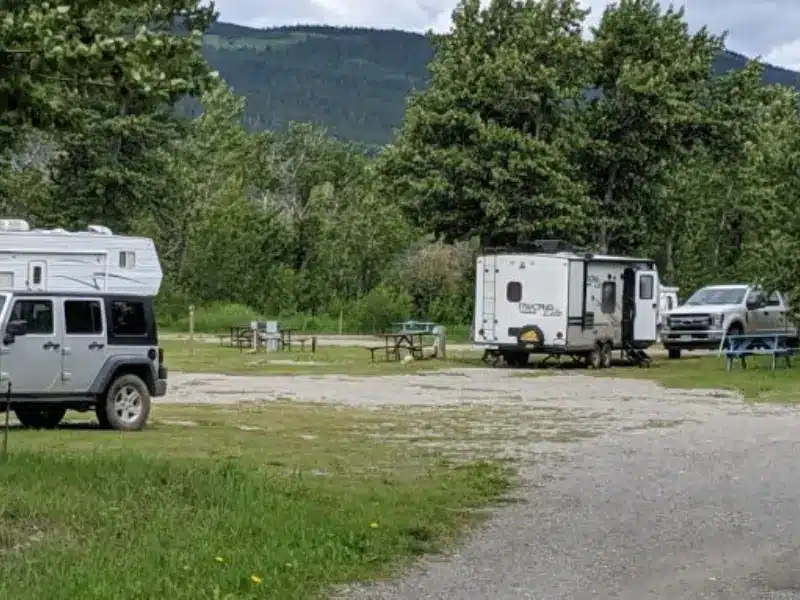
Internet and Communication
This is my bonus category because for some of you this cost will not be any different than if you were living in your sticks and bricks home.
For my family, with both of us still working, connectivity is critical. We pay a pretty penny to ensure we’re always connected.
We pay for multiple cell carriers, cell-based wifi plans, and we have Starlink. Our monthly costs are over $300.
For others, RV life may start after retirement and spotty cell signal may be a welcome reprieve.
Final Thoughts on the Costs of RV Living
We’ve met some RVers who are seriously frugal. We’ve also met some people who spend more than we did on our last house. You can literally RV at any budget.
That said, when people ask me about getting into RV life to save money, I generally suggest that saving money shouldn’t be their only motivation.
There are some hard times in RV life with the inevitable bumps in the road and lessons to learn.
I think you have to love something else about it to make it worthwhile and enjoyable. Maybe you love the freedom of the open road, the ability to visit family all around the country, or having National Parks as your backyard.
Hopefully I’ve given you some cost categories to consider as you think about living in an RV.
You really do need to look at the whole picture to decide what’s right for you. If the road is really calling you, just know that you can get into RV life at any price point. And I hope you will!
Happy trails.
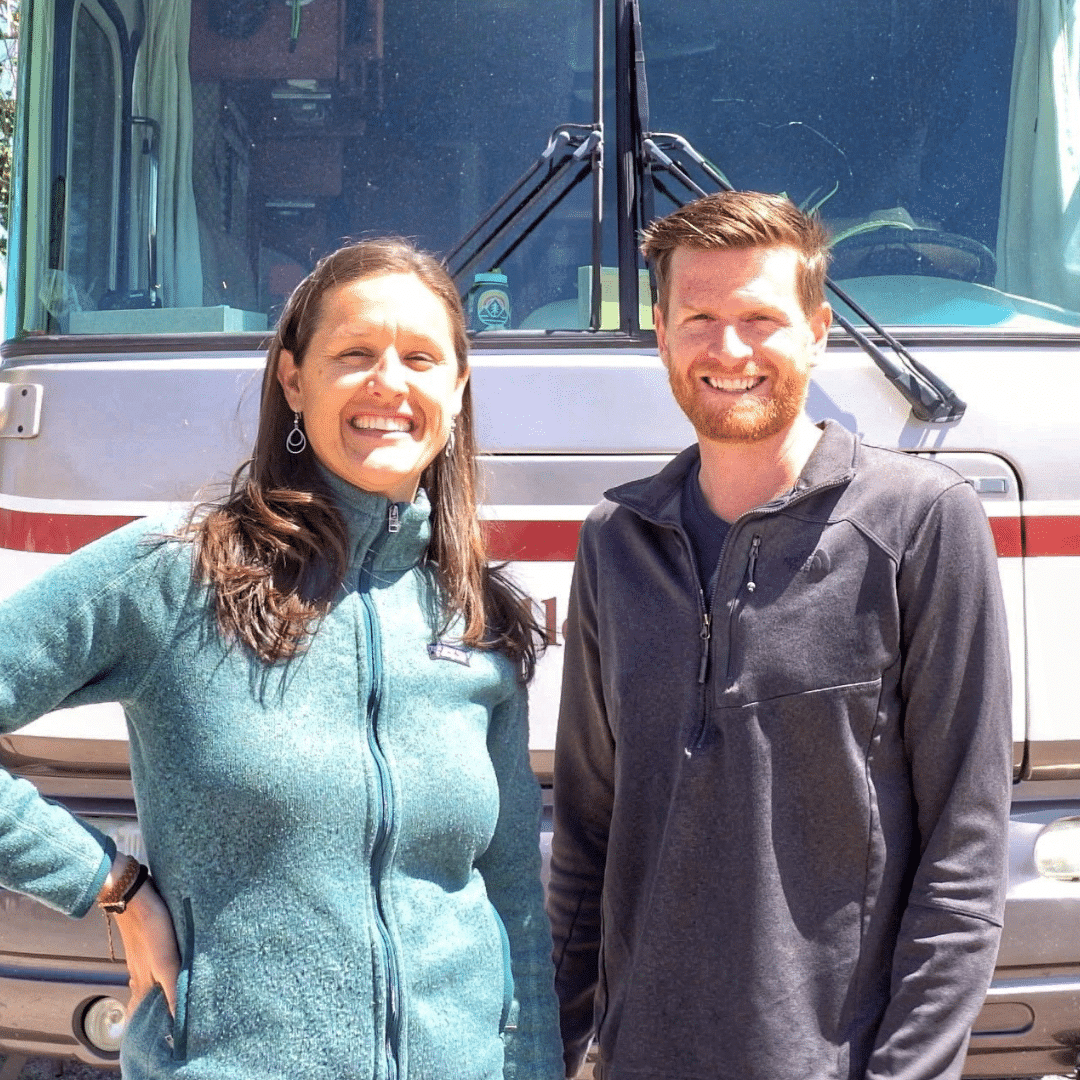
Kristen Bates lives & works from her RV, primarily boondocking off-grid. She owns and operates a women-led travel company, Legit Trips. Kristen loves to explore new places and inspire others to do the same. If she’s not typing away on her laptop, she’s off on an adventure- hiking, biking, or SUP boarding. You can follow her RV adventures @PerpetualMoves and learn more about her travel company at LegitTrips.com.


